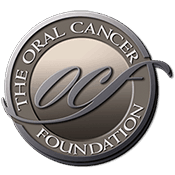A case for radiation enhancement in head and neck cancer
Source: www.medscape.com Author: M. Alexander Otto, PA, MMS Two new exploratory studies of radioenhancers used in combination with radiation therapy in the treatment of head and neck cancers showed that these agents can boost the effectiveness of radiotherapy in these cancers. The two phase 2 studies, presented at the 2024 American Society for Radiation Oncology (ASTRO) Head and Neck Cancer Symposium on March 1, 2024, found an increase in 1-year local control rate, progression-free survival, and overall survival. In one study, which explored the use of the hedgehog pathway inhibitor vismodegib alongside radiation therapy, researchers found that all but one patient with locally advanced, unresectable basal cell carcinoma (BCC) demonstrated 1-year local control — a significantly better rate than that expected from radiation alone — and 83% were alive at 5 years. The second, which explored the use of hafnium oxide nanoparticles (NBTXR3) prior to radiation therapy, also reported promising results. Patients with T3/4 locally advanced head and neck squamous cell carcinoma of the oropharynx or oral cavity who were ineligible for chemoradiation demonstrated a median overall survival of 18.1 months vs 12 months, the life expectancy with radiation alone. Although small, both studies suggest a role for radioenhancers in head and neck cancer, Jonathan Schoenfeld, MD, a head and neck cancer radiation oncologist at the Dana Farber Cancer Institute, in Boston, Massachusetts, told Medscape Medical News.
